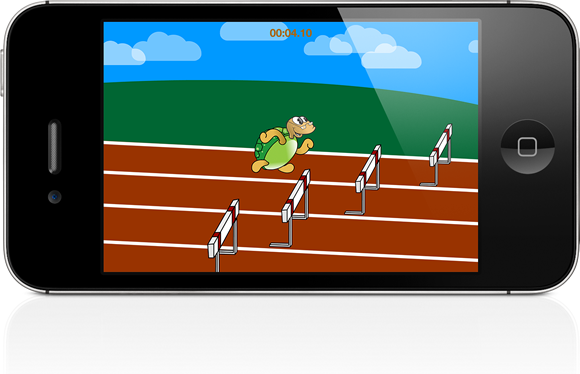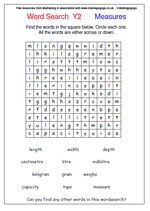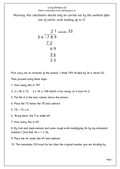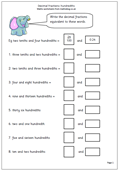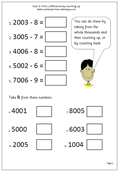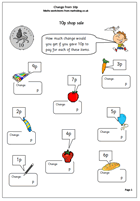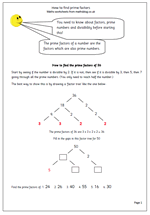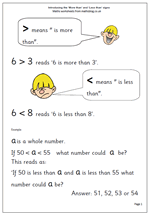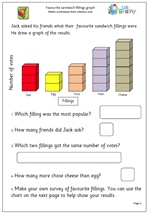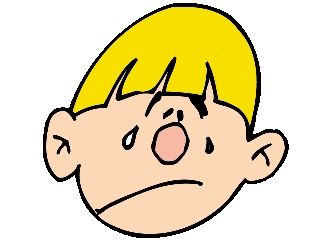 Well, I was going to let this pass by with no comment, but on reading it I am becoming more and more certain that it has been written by idiots who last visited a primary school in 1961.
Well, I was going to let this pass by with no comment, but on reading it I am becoming more and more certain that it has been written by idiots who last visited a primary school in 1961.
Firstly, it expects children to ‘use a compass to draw circles and arcs with a given radius’ in year 3. Hard enough with a pair of compasses but impossible with a compass which I use to find directions!
Secondly, children will have to learn tables up to 12, although we did away with 12 pence to a shilling many, many years ago. Whilst I have no problem with children knowing this I fail to understand why they need it.
Thirdly, ‘childen’ are no longer mentioned; they have become impersonal ‘pupils’ throughout.
Oh, and why has addition and subtraction of money suddenly become part of measurement and not part of addition and subtraction?
Rant over.
